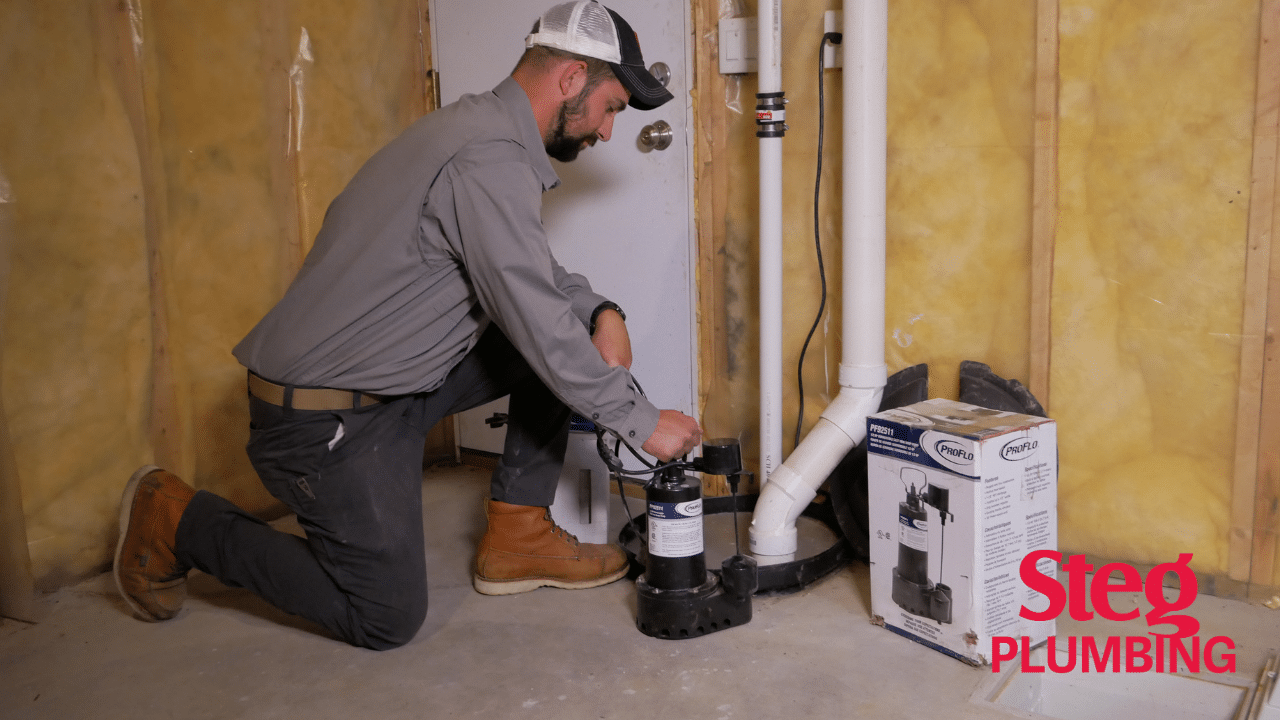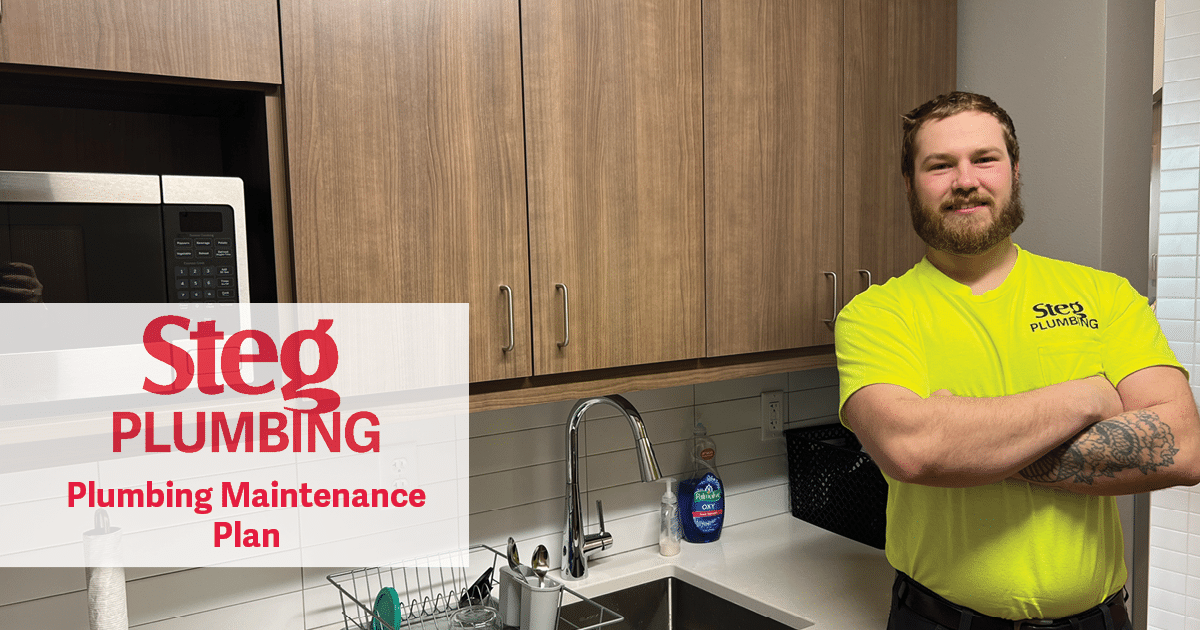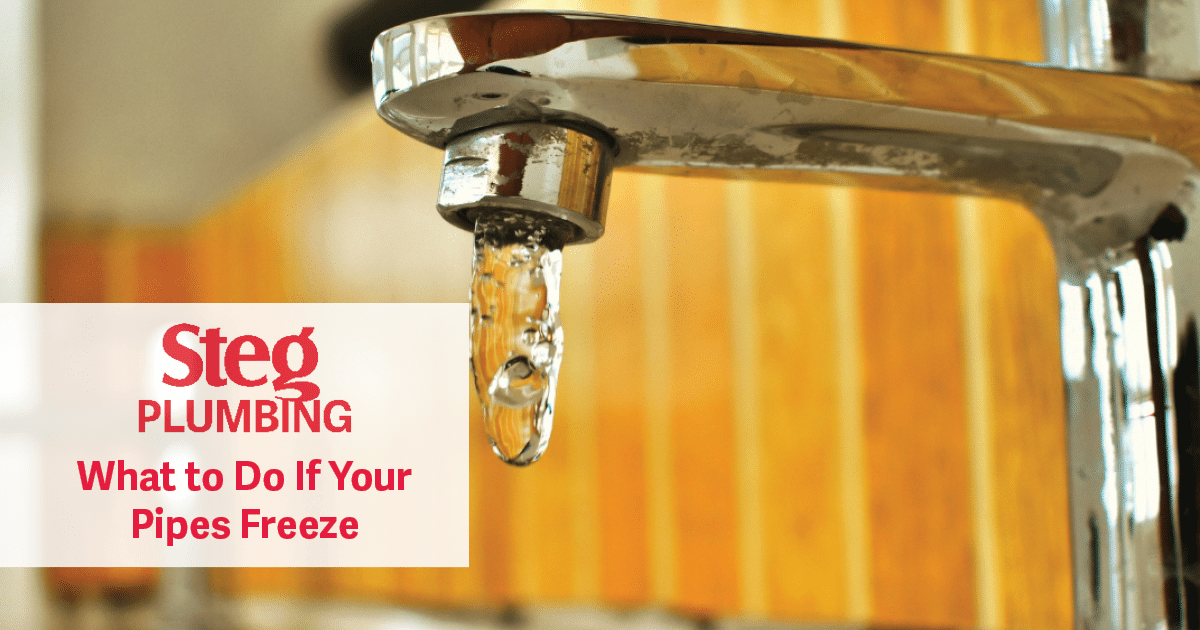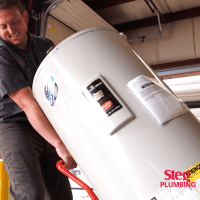Are you looking to prolong the life of your home’s plumbing and avoid costly repairs?…

Is Your Sump Pump Giving You Trouble? Here’s How to Spot Issues Before They Escalate!
Is Your Sump Pump Giving You Trouble? Here’s How to Spot Issues Before They Escalate!
A flooded basement is every homeowner’s nightmare, right? Your sump pump is supposed to be the hero that keeps your home dry, but what happens when it’s not pulling its weight? Don’t stress—we’re here to guide you! Let’s explore the warning signs that your sump pump may need attention and some straightforward checks you can perform to ensure it’s operating efficiently.
Signs Your Sump Pump Could Be in Trouble
- Unusual Noises Is your sump pump making odd noises like it’s trying to be a musician? Sounds like grinding, rattling, or gurgling might indicate it’s struggling.
- Constant Running If your pump is running endlessly or frequently turning on and off, there could be an issue with the float switch or an electrical problem.
- Vibrating Excessively Excessive shaking during operation might mean the impeller is damaged or clogged.
- Rust and Corrosion If your sump pump is showing signs of rust or corrosion, it might be time to think about a replacement. Rust can impair its performance.
- Persistent Water Accumulation If you notice water pooling around the pump or in your basement, despite the pump running, that’s a major warning sign. Action is needed!
- Foul Odors A bad smell coming from the sump pit could indicate stagnant water or mold, suggesting your pump isn’t draining properly.
Easy Checks to Keep Your Sump Pump Running Smoothly
Noticed some of these warning signs? Here are some quick and easy checks to help you figure out whether your sump pump just needs a little maintenance or if it’s time to call in the professionals.
If the crock is sealed, do not break the seal, call a professional.
- Power Check Double-check that your pump is plugged in and receiving power. It’s simple, but it’s worth confirming!
- Float Switch Test Lift the float switch to see if the pump activates. If it doesn’t respond, the switch could be stuck or faulty.
- Check the Discharge Pipe Inspect the discharge pipe for clogs, blockages, or freezing. If it’s obstructed, water might not be draining correctly.
- Clean the Sump Pit Clear out any debris, dirt, or gravel from the sump pit that could prevent the pump from working properly.
- Inspect the Check Valve Ensure the check valve on the discharge line is functioning to prevent water from flowing back into the pit.
- Test with Water Pour a bucket of water into the sump pit and see if the pump activates. If it struggles, it might be time for a tune-up—or even a replacement.
Keep Your Sump Pump in Top Shape
Regular maintenance is key to keeping your sump pump in good working order. Make it a habit to do a quick inspection every few months to catch small issues before they become big problems. For added peace of mind, consider having a professional inspect your sump pump annually, especially if it’s your primary defense against basement flooding. This way, you can feel confident that your pump will be ready when you need it most.
Sump Pump Problems? We’ve Got You Covered
Concerned about your sump pump? We’re here to help. Give us a call or text at 317-286-6747. Let our team of experts handle it for you. Don’t wait until it’s too late—schedule your service today!


